
New Zealand's Trusted Fume Cupboard Specialists.
For over 30 years, Calibre fume cupboards have been installed in labs and schools across NZ and the Pacific Islands. As the official manufacturers, FumeCare is your all in one solution for the supply, installation, and certification of this trusted, NZ-made product range.
Why Choose FumeCare
We deliver unparalleled quality, safety, and service in every project, ensuring your laboratory environment is secure and efficient.
NZ Made & Manufactured
We are the proud manufacturers of the complete range of Calibre fume cupboards. This ensures the highest quality standards and supports local NZ manufacturing.
Certified & Compliant
IQP registered for compliance testing and certification of SS 11 Fume cupboards to meet and exceed all national safety regulations and standards.
Expert Installation
With over 20 years of experience, our team provides flawless installation of fume cupboards, exhaust fans, and complex ducting systems.
Dedicated Support
From manufacturing to maintenance, we are your single point of contact, offering dedicated support throughout the entire lifecycle of your equipment.
Creating Safe Environments
FumeCare Ltd is proud to be a New Zealand owned and operated company based in Auckland. We specialise in the supply and installation of fume cupboards, fans and ducting manufactured right here in New Zealand.
Now Manufacturing Calibre Products
FumeCare are proud to have taken over the licence and manufacturing of all Calibre fume cupboard product, controlling every aspect from production and supply, to expert installation, ongoing maintenance, and IQP certification.
We are IQP registered for compliance testing and certification of SS 11 Fume cupboards, ensuring all our products meet the highest safety and quality standards. With over 20 years of experience in thermoplastic fabrication, fume cupboard, exhaust fan and duct fabrication, our confident team is dedicated to the safety and supply of quality New Zealand manufactured products.
Our Valued Clients Include:
- Watercare laboratories
- LabPlus Auckland DHB
- Ministry for Primary Industries
- NZ Plant and Food Research
- Eurofins & NZ Racing Labs

Official Manufacturer of Calibre Products


Meet the Team
The experienced professionals leading FumeCare forward.

Alex Tikaram
Foreman / Site Coordinator

Carlos Tikaram
Managing Director
The Complete Service Lifecycle
As manufacturers and installers, we provide seamless, end-to-end solutions for your laboratory.
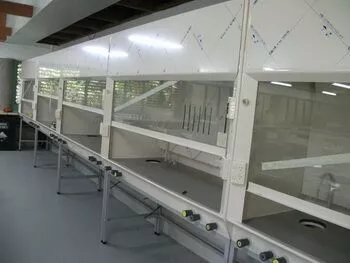
Installation
FumeCare provides full supply and installation of complete fume cupboard systems. We pride ourselves on exceptional service and workmanship.
Enquire Now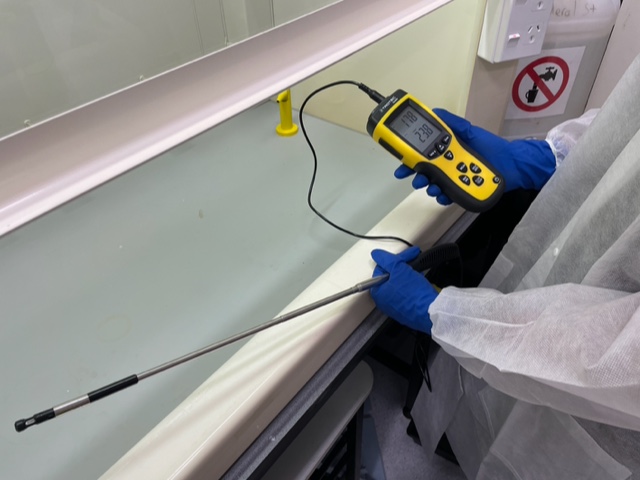
Certification
FumeCare provides SS 11 Fume cupboard testing for the issue of a Form12A for a Building Warrant of Fitness, required annually for safety.
Enquire Now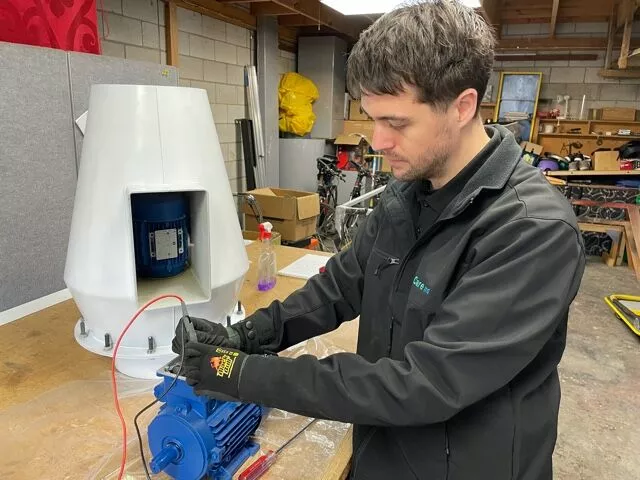
Servicing & Maintenance
All SS 11 Fume cupboards require annual servicing. Our service includes preventative maintenance and repairs to the fume cupboard, fan and ducting.
Enquire Now
Duct Fabrication
We specialize in the fabrication and supply of corrosion-resistant PVC ducting for a clean, durable, and safe finished look.
Enquire NowOur Products
Explore our range of high-performance equipment, now including the full line of Calibre products, all manufactured by us in New Zealand.

Calibre Student Fume Cupboards
A fully specified yet economical bypass design fume cupboard, of shallow depth to suit standard school joinery.
Request Info
Calibre Student 101 Fume Cupboards
An economical entry level fume cupboard, providing measurable performance and compliance with Standards.
Request Info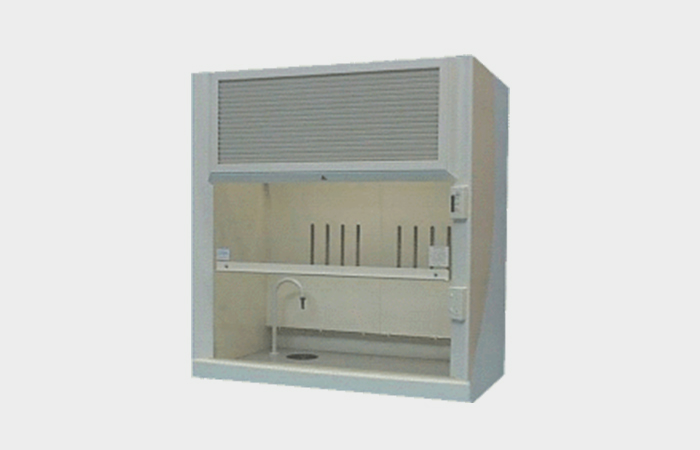
Calibre Smoothflow Fume Cupboards
A fully specified fume cupboard design with bypass grille above sash opening for controlled airflow.
Request Info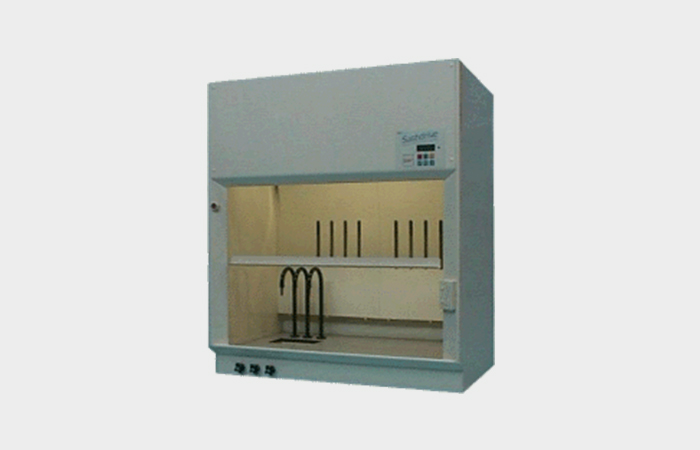
Calibre Sashdrive Energy Efficient
An elite design where sash position regulates exhaust fan speed, saving up to 80% of heating energy.
Request Info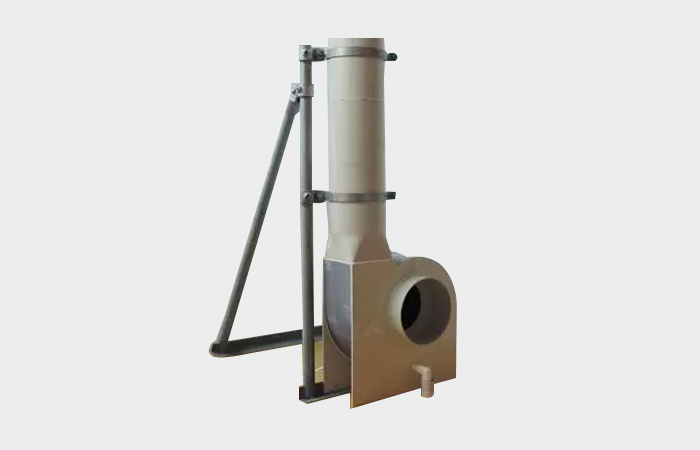
Fumeflow 101 Fan
Specifically designed to partner the Student 101 fume cupboard with uPVC housing for chemical resistance.
Request Info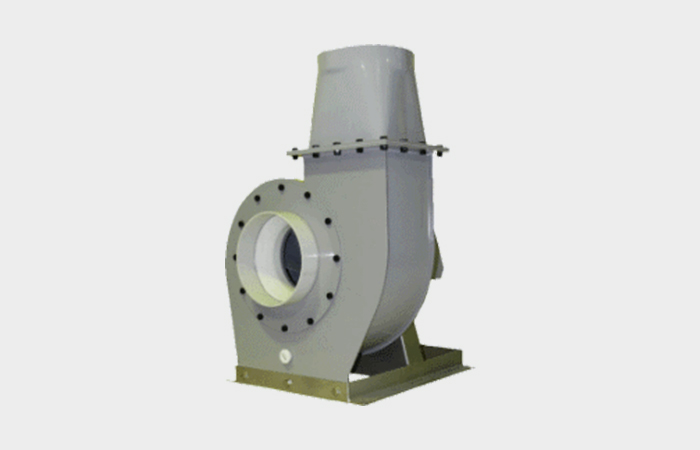
Fumeflow D250
A durable, high performance fume exhaust fan designed to complement Smoothflow and SashDrive fume cupboards.
Request Info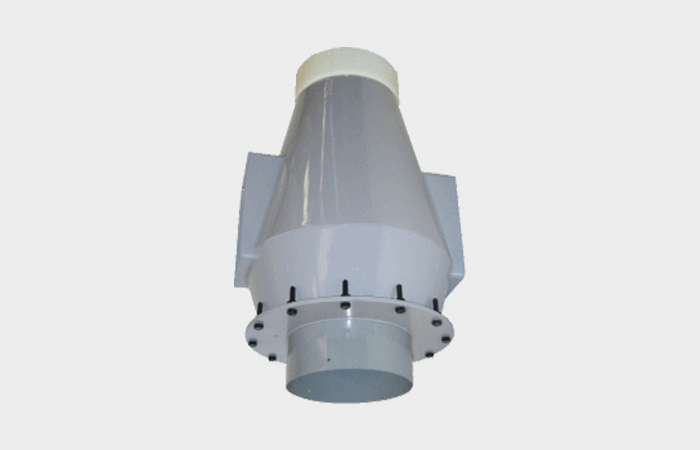
Fumeflow TD250
In-line Centrifugal Fume Exhaust Fan designed to complement Student fume cupboards with direct drive design.
Request Info
Fumeflow D65
designed for ventilating chemical storage cabinets. The motor is out of the airstream, so it is suitable for ventilating a wide range of chemical storage. It is sized to suit 65mm PVC vent pipe.
Request InfoAcoustic Silencers
FumeCare can fabricate silencers for both rectangular and cylindrical duct of most sizes, made from PVC thermoplastic and sound-dampening insulation.
Request Info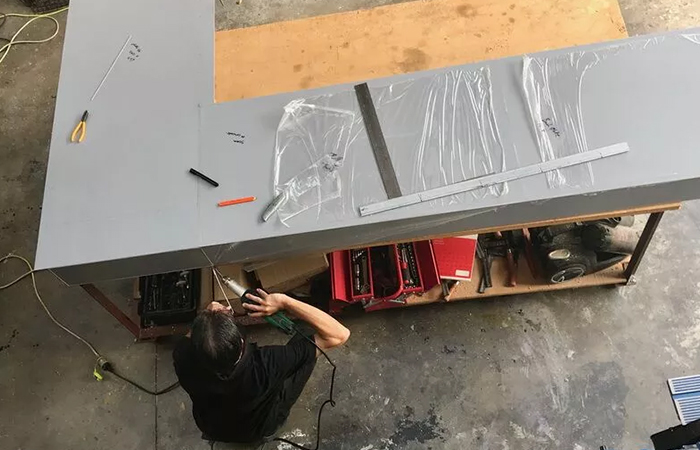
Chemical Resistant Ducting
We fabricate and install PVC ducting for any situation requiring a corrosion resistant application. Standard diameters from 150mm to 400mm.
Request InfoProject Gallery
A showcase of our installations and commitment to quality craftsmanship. Click any image to expand.

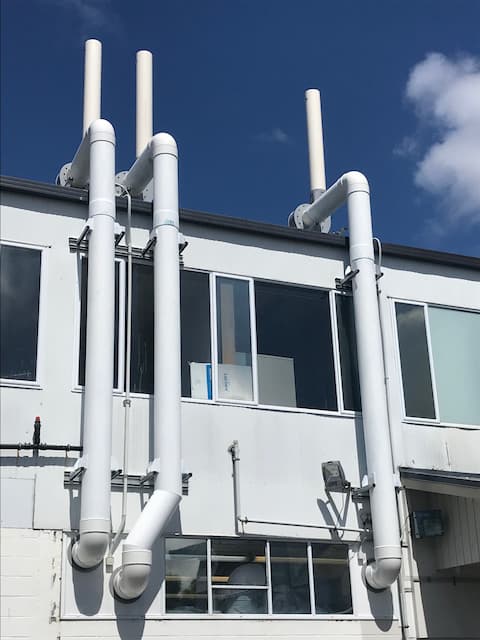
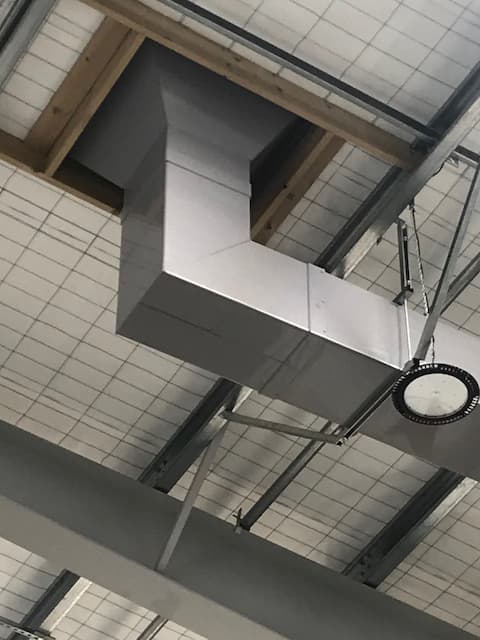
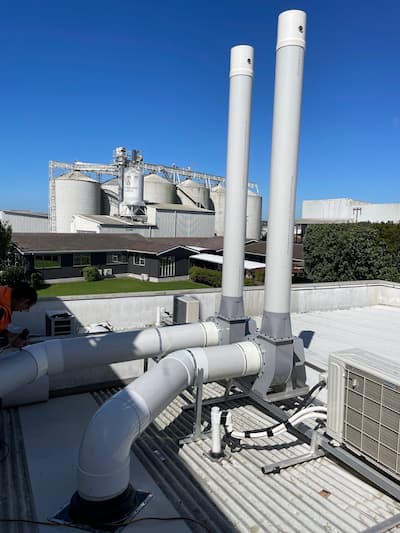
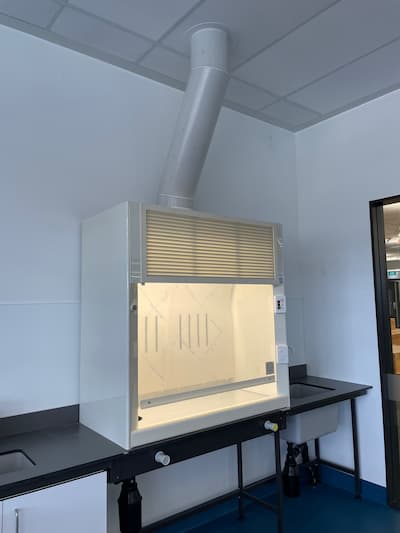
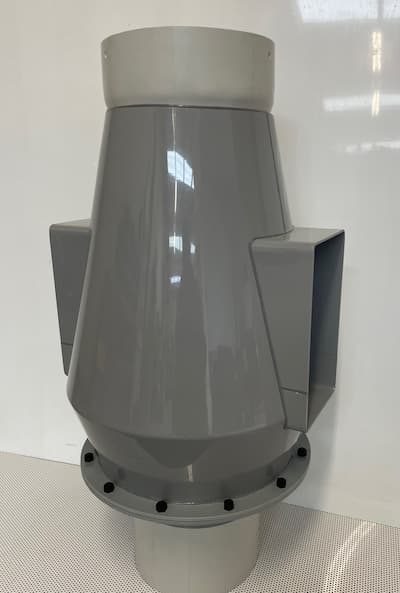
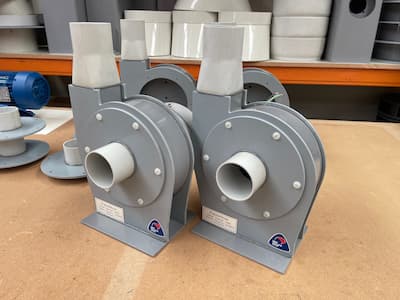
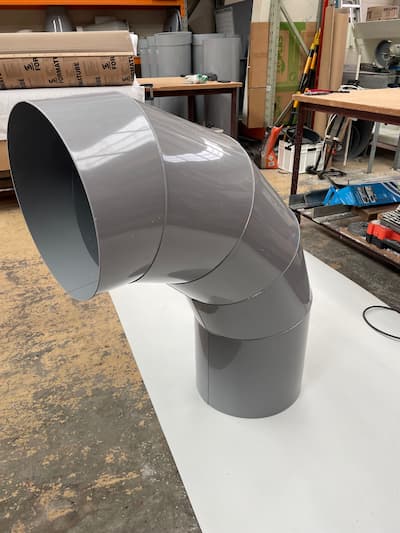

Trusted By Industry Leaders
"FumeCare provided exceptional service from start to finish. Their team was professional, knowledgeable, and ensured our fume cupboards were installed perfectly and certified to meet all safety standards."
"We've been working with FumeCare for our annual certification and maintenance for over 5 years. Their attention to detail and commitment to safety gives us complete peace of mind."
"The quality of FumeCare's NZ-made products and installation is outstanding. Their fume cupboards and ducting systems have proven to be durable, efficient, and exactly what our laboratory needed."
"Your support plays an important role in ensuring our students have access to modern, effective facilities. FumeCare enhances the learning environment for our students and strengthens the connection between our school and the wider community."
Exclusive Packages
Take advantage of our special offers for new and existing clients.
Annual Certification & Maintenance Package
Book your annual fume cupboard certification and maintenance together and save 15%. Ensure your equipment is safe, compliant, and operating at peak efficiency.
Enquire NowFree Consultation for New Installations
Upgrading your laboratory? Get a free consultation and site assessment when you enquire about our fume cupboard installation services.
Get StartedSchools & Education Special
Ask us if your school qualifies for a free installation with a Calibre fume cupboard system purchase.
Enquire NowContact Us
We're here to help with your enquiry. Reach out for a quote or consultation.
Contact Details
Our team is available to discuss your project requirements. Find us at our Auckland location or get in touch via phone or email.
A1 / 50 Keeling Road,
Henderson, Auckland 0612
Monday - Friday
8:00 AM - 5:00 PM